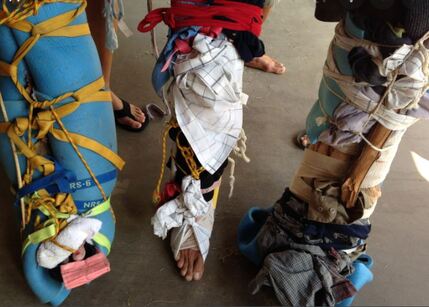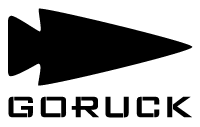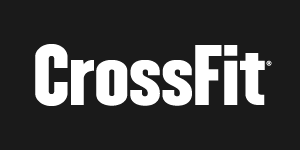|
Happy Wednesday everyone! Today’s blog post is going to continue with the theme of improvising medical supplies “in the field”, we will be talking about the split. As many of you know, splints are used to stabilize sprains and fractures in our limbs. The point of a splint is to immobilize the joint to prevent further damage. With something like an ankle sprain we want the joint immobilized for obvious reasons, because it hurts to move it. With fractures, like a broken arm we want to immobilize the joints connected to the bone because as those joints move, the bone will too, which is obviously not good. If you take nothing else away from this post remember: we always want to immobilize the joint above AND below whatever we are splinting. In making a splint there’s a few things we always want to keep in mind and we actually have an acronym to help us. RAFT, which stands for Rigid, Adjustable, Fluffy, and Tight. We want the splint to have at least one rigid object in it, like a stick to provide support to the broken bone, or sprained joint so that it does not move. The splint needs to be adjustable so that it does not cut off circulation (like a torniquet). The easiest way to check this is test the patient’s capillary refill. What you want to do is squeeze the patient’s fingers or toes (obviously the ones connected to the limb the splint is on) and the blood should flow back into the area and color will return rather quickly. If this process doesn’t happen, or is slow (compare it to the other hand/foot) then the splint needs to be loosened. Never put the “rigid” part of a splint right up against someone’s skin. We want the splint to be fluffy to make it more comfortable for the patient and provide some protection in case it gets bumped during evacuation. Sweaters and jackets are great for this purpose. Finally, we want the splint to be tight so that the joints do not move. A common mistake with splints is that they are not tight enough to actually immobilize the joint(s). A working knowledge of simple knots like the trucker hitch and carrying paracord are really useful for this purpose. See the video below for an example of how to make a split. I hope this post was useful to you guys, thanks for reading and have a great week!
0 Comments
Leave a Reply. |
Special EventsRecord your WOD on Beyond the Whiteboard.
Do you need CrossFit or yoga gear? Click on the links below to buy through our GORUCK, Reebok, Rogue or Affiliate share sale programs. These are affiliate links and our gym will be compensated if you make a purchase after clicking on these links.
Check out our Flickr page!
Categories
All
Archives
March 2024
|
True Spirit CrossFit
|




 RSS Feed
RSS Feed

